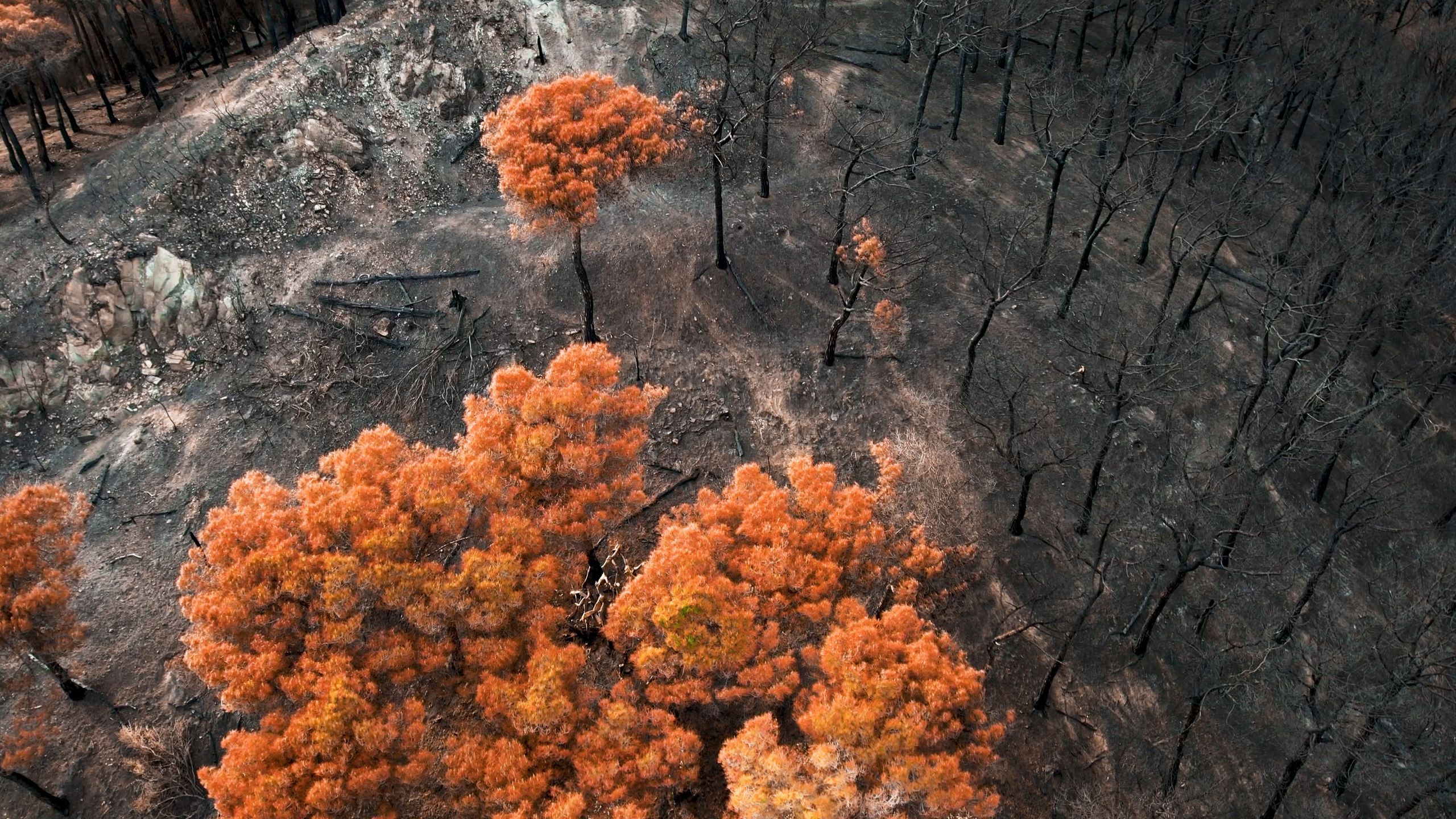Without deep cuts to emissions, there’s a chance Earth could embark on a dangerous “hothouse trajectory” to complete climate chaos. That’s one takeaway from a new report that found 22 of Earth’s 34 “vital signs” are flashing red, signaling that the planet is in distress.
Earth’s vital signs are markers of planetary health, such as atmospheric carbon dioxide and methane concentrations, ocean heat content, sea level fluctuations, and the yearly percentage of extremely hot days relative to the 1961-to-1990 average. Most of these markers hit record levels in 2024, and 2025 looks like it’s on the same trajectory, according to the report, published today (Oct. 29) in the journal BioScience.
Ripple and his colleagues first laid out the framework to measure Earth’s vital signs in 2020. Five years on, the researchers warn that we could cross a series of tipping points and push the planet into a self-sustaining hothouse regime — a state where Earth continues to heat up massively even after carbon emissions drop significantly.
Earth is now 2.2 F (1.2 C) warmer than it was on average between 1850 and 1900, and if countries don’t enact any further climate policies (which is a scenario often described as the “cost of inaction”), the planet could reach up to 5.6 F (3.1 C) of warming above preindustrial levels by 2100. Such rapid change would mark a turning point in the Holocene, the stable period that Earth entered about 11,000 years ago after the last ice age, the scientists wrote in the report.
“Scholars argue that this period of relative climatic calm enabled the development of agriculture, permanent settlements, and the rise of human civilizations,” they wrote. “That stability is now giving way to a period of rapid and dangerous change.”
Soaring global temperatures considerably increase the risk of crossing climate tipping points, such as the collapse of polar ice sheets and the melting of carbon-rich permafrost. If these systems disintegrate, both the amount of solar energy that Earth bounces back to space and the quantity of carbon it can store plummet, thus locking in further warming and causing additional systems to collapse.
“Crossing one tipping point could set off a cascade of other tipping point crossings with the majority of interactions being destabilizing,” Ripple and his colleagues wrote. “In the worst case, this could push the climate system onto a hothouse Earth trajectory. This trajectory would lead to a fundamentally different planet with devastating impacts on natural systems and humanity.”
The hothouse pathway is one of the four most urgent climate risks that the researchers identified in the report. The other three are biodiversity loss; freshwater declines; and a downturn in the Atlantic Meridional Overturning Circulation, a system of ocean currents that brings heat to the Northern Hemisphere.
But, of course, these aren’t the only effects of climate change. “There are [all] sorts of consequences of warming, including ice sheet collapse, coastal inundation, the increases in extreme weather,” report co-author Michael Mann, a presidential distinguished professor and the director of the Penn Center for Science, Sustainability and the Media, told Live Science in an email.
Global warming is proportional to the amount of carbon we pump into the atmosphere. Therefore, to stave off the worst consequences of climate change, “the focus should be on rapid decarbonization so we stabilize warming below dangerous levels,” Mann said.
“Every year of delay locks in higher risks and costs,” Ripple added. “We can limit the damage if we act like this is the emergency it truly is.”
There is still time to act, because we haven’t yet reached levels of warming where the consequences are unmanageable. And there are reasons to be hopeful. “Some nations have successfully ended coal use and cut methane leaks,” Ripple said. (The U.K., Ireland, Switzerland, Norway and several other European countries no longer have coal in their electricity mix. The European Union and Nigeria have also made tangible progress in cutting methane emissions.)
“Deforestation rates in the Amazon have dropped sharply under new leadership, renewable energy capacity keeps setting records, and electric-vehicle sales are climbing,” Ripple added.
